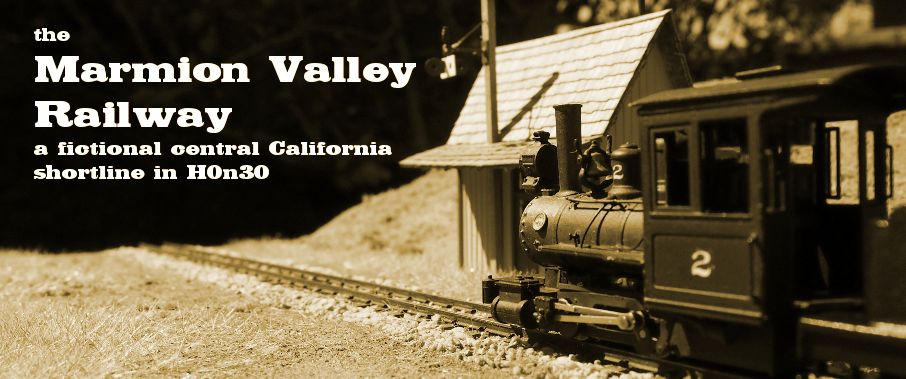Additional interior bracing was added from 1/8" square basswood stock.
Assembled the adjoining walls in pairs.
I stole...ahem..."borrowed" some of my son's Legos to use as a squaring jig.
Starting to look like an actual structure!
While the glue was setting up, I decided to take a few trial runs at the type of wood stain I will be using to simulate "aged" wood. The Cafe will be whitewashed, but I'd like a base look of grey/weathered wood underneath to create a layered weathering effect.
My usual standby is an India Ink/Alcohol mix; it turned out rather light grey, and warped the wood to boot.
I also tried various shadings of acrylic Grimy Black diluted with water, as well as some oil-mixable Payne's Grey (which was a little too blue for my tastes). There was a certain amount of warpage with these as well.
However, after letting them sit for a while, things tended to even back out again.
With the amount of bracing on my structure, I think that I won't encounter too much warping, especially if I am careful to apply and wipe off the finish quickly.
I like the tone of the India Ink wash, but I think it's too "even." I like the texture with the Grimy Black washes, though I'd have to tone them up a bit in color. The Payne's just turned out too blue-tinted.
I decided that I would use some thin luan plywood as a base for this structure; I will use embossed styrene sheet laminated on the edges to simulate a flagstone foundation. The boardwalk in front will be created with stripwood. This way, the structure will be entirely self-contained in case I'd like to use it on another layout; I'm planning on hiding some electronics in it to power a golden-white LED inside.
The plywood also creates a convincing "floor" for the Cafe, should I decide to create a fully detailed interior. You can also see the roof panels; haven't decided yet to go with Bar Mills shingles, or simulated tar-paper on the roof.
This is turning out to be a fun build! More to follow.






























